Hollywood history is full of “What if?” scenarios. Some of them involve Liam Neeson. The Nothern-Irish actor has starred in many iconic movies, including Schindler’s List, Batman Begins, and Taken, and received the required recognition for his work. He has been nominated for an Oscar, a BAFTA Award, three Golden Globe Awards, and two Tony Awards, for his work, so he is unlikely to have any regrets. He was also appointed Officer of the Order of the British Empire (OBE) in 2000.
Your changes have been saved
Release Date
June 2, 1989
Runtime
128 minutes
Still, we cannot help but wonder what Hollywood would look like if the actor had taken some of the iconic roles he was offered. For example, he was a strong contender to play James Bond in GoldenEye, but his wife hated the character for his womanizing ways, so she told Neeson to choose between loving her and fighting Alec Trevelyan. He chose love, so nowadays he spends his days looking for, finding, and killing baddies in movies. Everything has worked out well, we may say.
Interestingly, Neeson also almost played an iconic Robin Williams character. He was the first pick for John Keating from Dead Poets Society — a sublime film that rewards viewers with a profound meditation on freedom, life, and purpose.
John Keating Is a Believer in the Latin Aphorism “Carpe Diem” in ‘Dead Poets Society’
In Dead Poets Society, John Keating is an English teacher at the Welmont Academy, an all-boys institution he also attended when he was younger. It’s one of the best-performing prep schools in America, and over 75% of students transition to Ivy League colleges. However, Keating is least concerned about preparing his students for college. He insists that they should prepare for life, so he influences them to embrace their individualism and their burning need for self-assessment, all while relying on the phrase, Carpe Diem (Latin for “seize the day” or “enjoy the moment.”)
Related
How a Movie About an Excellent Teacher Highlights a Big Flaw With the Oscars
This radical film questions the way we teach our children… and the way we nominate films for Best International Feature at the Oscars.
As expected, Keating’s methods put him at odds with the strict headmaster Gale Nolan, but he doesn’t care. He encourages his students to take turns standing at his desk while expressing any ideas they have. He even orders them to rip out the introduction pages of their poetry books that include a mathematical formula for rating poetry, advising each of them to analyze words depending on their own life experiences.
The beauty of the film thus comes from the evolution of Keating’s students as they ponder, question, explore, and plan. Inspired by their teacher, they re-establish the Dead Poets Society, a poetry organization that once existed when Keating was a student. Every meeting starts by invoking a phrase from Henry David Thoreau: “I wanted to live deep and suck out all the marrow of life.” But it isn’t all sunshine. As the good times unfold, so begins a long downward spiral into regret and tragedy that might just ruin Keating’s career.
The Film’s Pre-Production Phase Was Messy
The book Casting Might-Have-Beens: A Film by Film Directory of Actors Considered for Roles Given to Others by Eila Mel, sheds light on the chaotic proceedings that preceded the film’s production phase. Filmmaker Jeff Kanew (best known for Revenge of the Nerds) was originally tapped to direct, and he singled out Liam Neeson for the role of Keating.
In an interview with Entertainment Weekly, Neeson also reveals how Hollywood insiders in the ‘80s seemed to be aware of his talent, yet he wasn’t getting a breakout role. Helen Mirren even gave up some of her privacy once and hosted him for months in her house in London as he tried to get on his feet. “He’s a jolly good fella,” she said. Then came what he thought would be his moment. He remembers how “the director, Jeff Kanew, told me, ‘you’re my guy,’ only for him to see the opportunity disappear.
Related
Liam Neeson Had a Very Specific Condition to Star in Seth MacFarlane’s Western Bomb
Seth MacFarlane famously attempted to try his hand at the Western genre with 2014’s A Million Ways to Die in the West, spawning lackluster results.
But even though Liam Neeson was the director’s preferred choice, he had strong competition from A-listers. Dustin Hoffman, Mel Gibson, Mickey Rourke, and Tom Hanks were all in contention. Robin Williams was Touchstone Pictures’s preferred choice, and he was ultimately cast, only to not show up on the first day of filming. He reportedly did not want to work with Kanew, and despite endless begging from the studio, he continued to play hard-to-get. Consequently, the studio burned down the already-built sets. About a year later, Peter Weir was hired as the new director, prompting Williams to return to the role.
Neeson might have missed out on the role, but he impressed many. An audition videotape of Neeson’s brilliant recital of the classroom “carpe diem” speech circulated across Hollywood circles and caught the eye of Dustin Hoffman, who personally reached out to praise him.
“I couldn’t be better than you in (the carpe diem) scene.”
The opportunity was gone, but this was a good sign. Liam Neeson’s future looked bright. Even so, the role went to the right person. All factors considered, there was no injustice.
Robin William’s Style and Star Power Helped Elevate ‘Dead Poets Society’ to Great Heights
Dead Poets Society grossed $235,860,579 globally, including domestic grosses of $95,860,116. This made it the fifth highest-grossing film of 1989. The figures are partly attributed to the film’s quality and partly attributed to Robin Williams’ star power. The actor had built a great name for himself in the ‘80s after starring in hits like Popeye and Good Morning, Vietnam. His sci-fi sitcom, Mork & Mindy, was also a huge ratings success. Elsewhere, his standup comedy specials Live at the Met, and An Evening with Robin Williams had cemented his status as one of the greatest performers of all time.
Related
Dead Poets Society: Where the Cast Is Today
Dead Poets Society surprised everyone in 1989 with an incredible crop of unknown young actors. Here’s where the cast is today.
Liam Neeson, on the other hand, wasn’t a major star, so potential audiences wouldn’t have been excited to see him on a poster for Dead Poets Society. His work in the ‘80s was decent, but it wasn’t extraordinary. His only notable role in the decade was that of Sir Gawain in the Arthurian film Excalibur, which he got after John Boorman saw him on stage as Lennie Small in a production of Of Mice and Men.
Still, he was always in good company. He had understated turns alongside Mel Gibson and Anthony Hopkins in The Bounty and next to Robert De Niro and Jeremy Irons in The Mission. On top of that, he guest-starred in Season 3 of Miami Vice and then landed another role in the fifth Dirty Harry film. All this was great work, but he hadn’t proven himself as a leading man, yet Keating was too complex a role.
Neeson would ultimately acknowledge that the role of Keeting did indeed go to the right person. Reminiscing about the film, he said.
“It’s better the way it turned out. A wonderful film, I loved the script, and that Robin Williams played, God rest him, was Dead Poet’s Society. I loved that script. Loved it. Robin was great. He was. That was the right casting.”
Performance-wise, Liam Neeson might never have been able to pull off what Robin Williams did. He is mostly a serious actor, so his version of Keating might never have turned out to be one of the greatest movie teachers. The swift changes in Keating’s facial expressions? How he impersonates John Wayne and Marlon Brando, imagining how they would recite William Shakespeare? That’s something only Williams could do, and for his work, he received an Oscar nomination for Best Actor.
You can view the original article HERE.






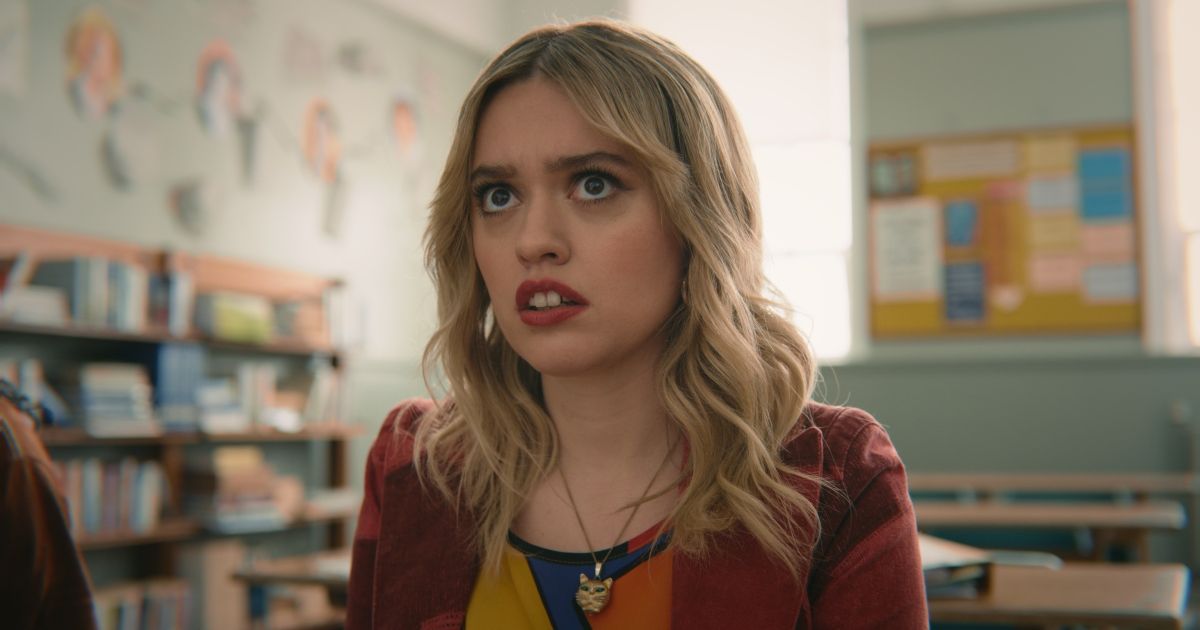








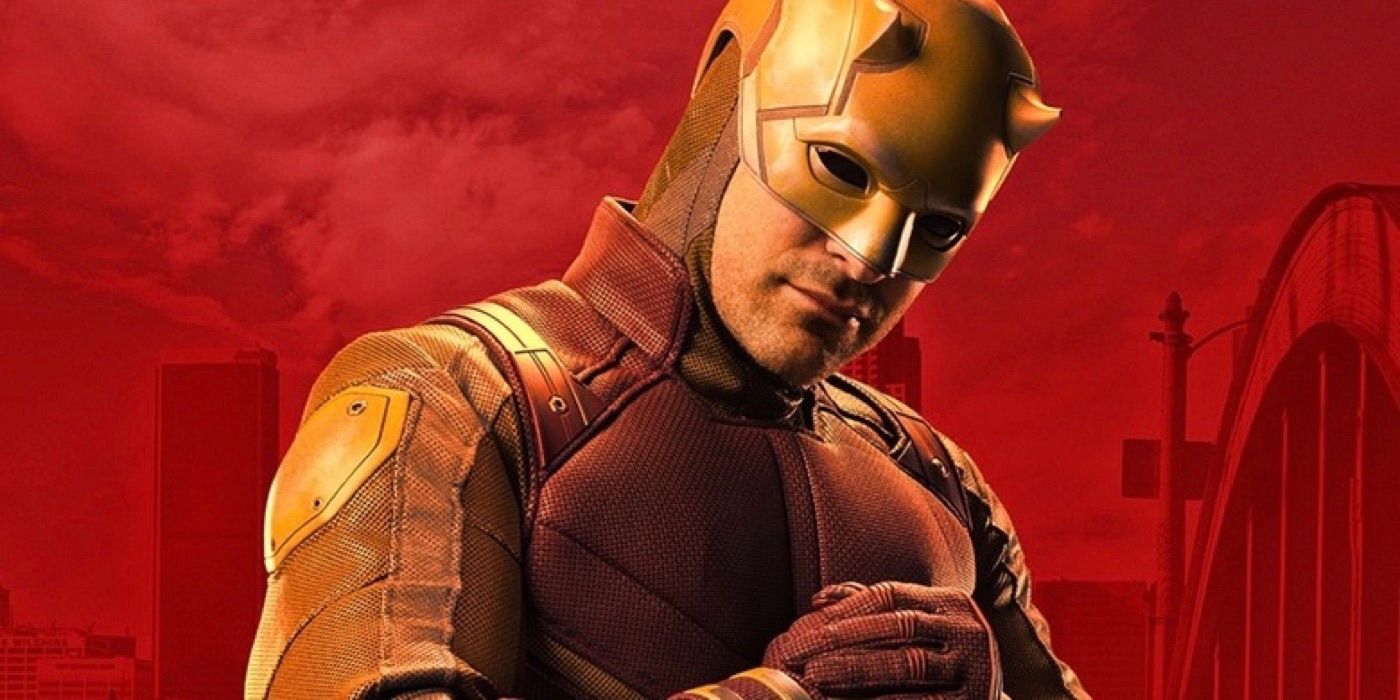

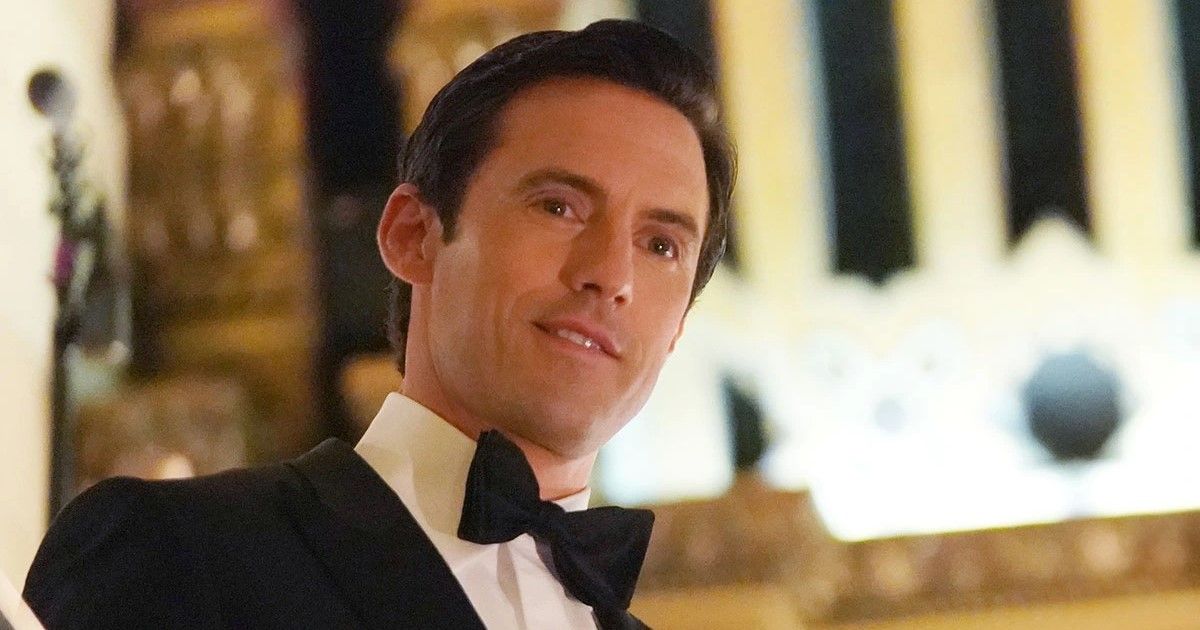





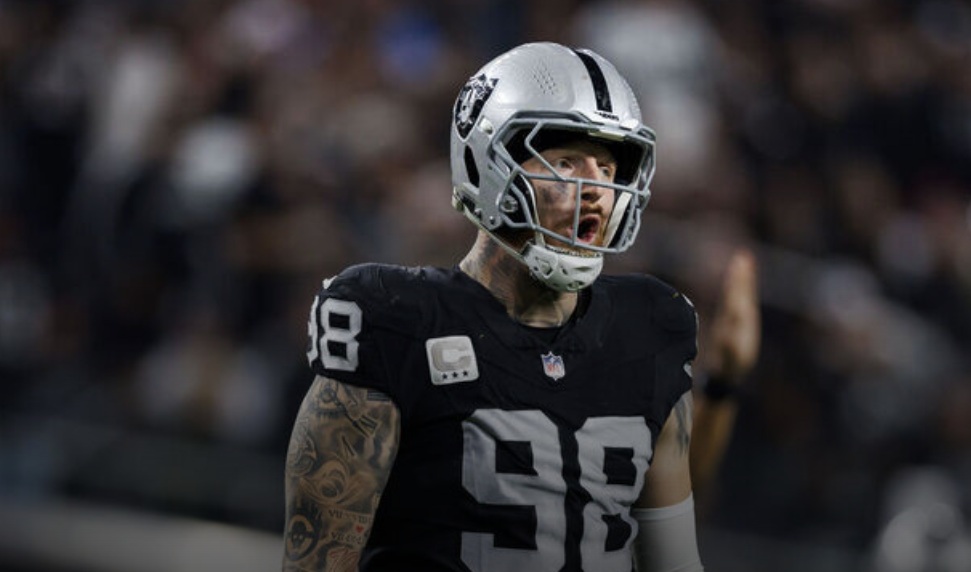

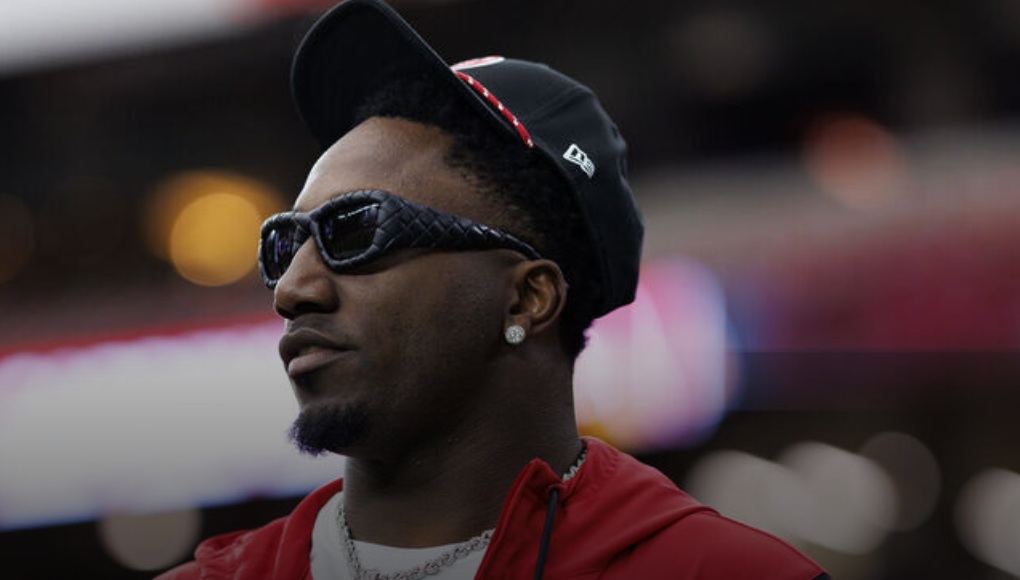





:quality(85):upscale()/2025/03/04/010/n/1922564/e4e30ef267c789a5161212.31191204_.png)